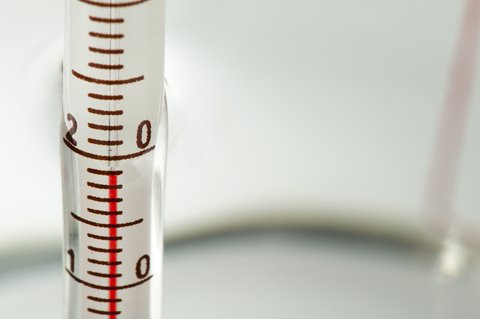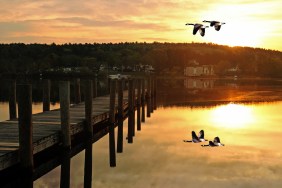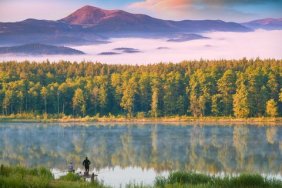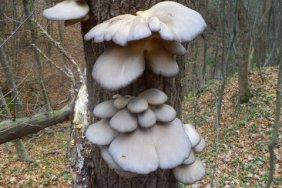
As the heat of summer settles on your favorite fishing hole, understanding water temperature plays an important role in finding and catching fish.
Every angler knows that water temperature affects fish activity, but many anglers do not regularly use water temperature as a tool when they are trying to locate fish. Often this is true, because they are not sure what temperatures to look for, or they do not understand how important temperature is when trying to locate fish.
Getting a handle on fish and temperature begins with the basics. Different species of fish have optimal water temperatures that they prefer. These are the temperatures at which the fish are most active. For instance, the largemouth bass is warm-water species. It is most active when water temperatures are in the mid-60s to mid-70s. In contrast, walleye and northern pike are cool-water species, which prefer temperatures from the mid- 50s to high 60s. Brown and rainbow trout are cold-water species, which like temperatures in the 50s.
When water temperatures rise too far above a species’ optimal temperature range, it becomes sluggish and less active. Typically, when this occurs, fish will move to water that is closer to its optimal range.
During the summer, some lakes and rivers become downright hot, sometimes too hot, even for warm-water species like the largemouth. However, chances are good that there are places within those bodies of water where temperatures are closer to optimal. These are the areas fish will naturally gravitate toward.
The most obvious place they will go is to deeper water. The water temperature drops incrementally as it gets deeper and fish will seek out their optimal temperature within the thermocline. This means they may be at the bottom or they may be suspended within that range. Finding the fish, means finding the optimal temperature.
Another factor that will contribute to lower water temperature is a spring. Lakes or streams with springs can have dramatic temperature changes, which can attract fish in the heat of summer. Similarly, tributaries entering a lake or river might also be carrying cooler water, which, of course, will attract fish.
When trying to locate cooler water, you should also consider shade. Areas of a lake or river that do not see much sunlight during the day, can hold cooler water than areas that are subject to direct sun most of the day.
It is also important to note that smaller fish tend to be more tolerant of warmer water than larger fish of the same species. So temperature can play an even more important role when trying to land a lunker.
Temperature is constantly affecting fish activity and movements. Keying in on temperature and using it to your advantage will provide a valuable tool for locating and catching more fish, next time you are on the water.
© Deyangeorgiev | Dreamstime.com – Thermometer Measures The Temperature Of The Water Photo








